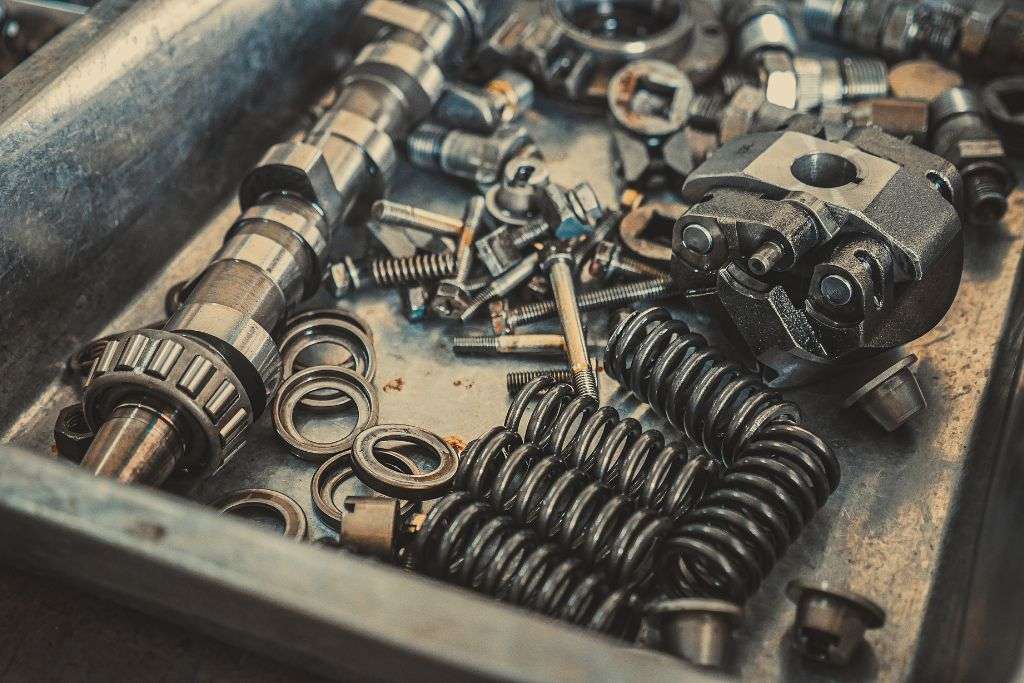
Aug 3,2023
When it comes to construction equipment like excavators, keeping them in top-notch condition is essential for efficient and smooth operations. Excavator spare parts play a vital role in ensuring your machinery's longevity and performance.
However, with a vast array of options available in the market, choosing the right excavator spare parts can be a daunting task. In this blog post, we will explore the key factors to consider when selecting these parts, ensuring you make an informed decision for your equipment.
Before delving into the selection process, let's first understand the various types of excavator spare parts and their significance.
Bucket teeth are crucial for efficient digging and loading. They are available in different shapes and sizes to suit various soil conditions and materials.
Ensure you choose high-quality bucket teeth that can withstand the wear and tear of heavy-duty excavation work.
Tracks are one of the most critical components of an excavator, providing stability and mobility.
Opt for durable tracks made of high-quality materials to withstand rough terrains and extend their lifespan.
Hydraulic cylinders are responsible for powering the arm and bucket movements.
Select cylinders with excellent performance characteristics and smooth operation to enhance your excavator's efficiency.
Now that we have a basic understanding of the various excavator spare parts let's explore the essential factors to consider when making your selection.
Always purchase spare parts from reputable suppliers and manufacturers to ensure their authenticity.
Genuine parts may be slightly more expensive, but they guarantee higher performance and a longer lifespan for your excavator.
Check the compatibility of the spare parts with your specific excavator model and brand.
Using incompatible parts can lead to operational issues and potentially cause significant damage to your machinery.
Opt for spare parts made from high-quality materials to ensure durability and resilience.
High-grade materials can withstand the demands of heavy construction work, reducing the frequency of replacements.
Consider spare parts that enhance your excavator's performance and efficiency.
Components that improve fuel efficiency and productivity can save costs and reduce downtime.
Choose suppliers that offer warranties and reliable after-sales support for their products.
A good warranty ensures you have a safety net in case of any defects or issues with the spare parts.
Choosing the right excavator spare parts is crucial for the smooth functioning and longevity of your construction equipment. Prioritize quality, compatibility, and durability when making your selection.
Remember that genuine parts may be a bit more expensive, but they will ultimately save you money in the long run by reducing downtime and ensuring optimal performance.
Investing in the right excavator spare parts not only enhances the efficiency of your machinery but also contributes to a safer and more productive construction site.
So, take the time to research and select the best parts for your excavator, and it will reward you with top-notch performance and extended service life.
Here are some common questions regarding choosing excavator spare parts:
Q: Can I use aftermarket spare parts for my excavator?
A: While aftermarket parts may be more affordable, using genuine parts is recommended for better performance and longevity.
Q: How often should I replace excavator spare parts?
A: The replacement frequency depends on factors like workload, maintenance, and the quality of the parts. Regular inspections can help determine when replacements are necessary
Q: Are used excavator spare parts a good option?
A: Used parts can be an option if they are in good condition and come from a reputable source. However, new genuine parts provide better reliability and peace of mind.